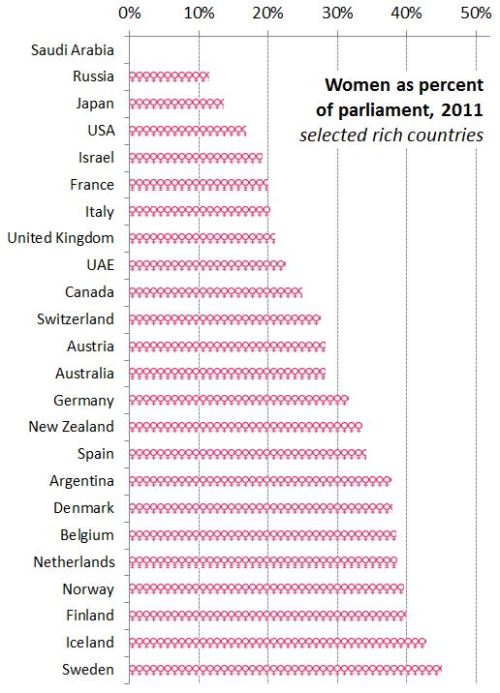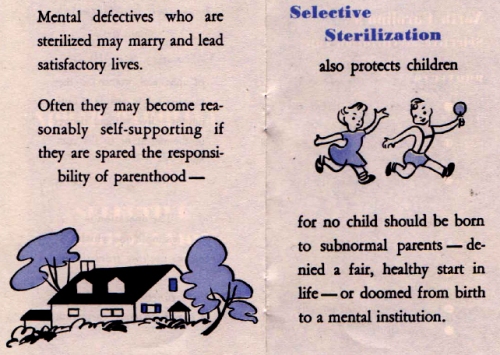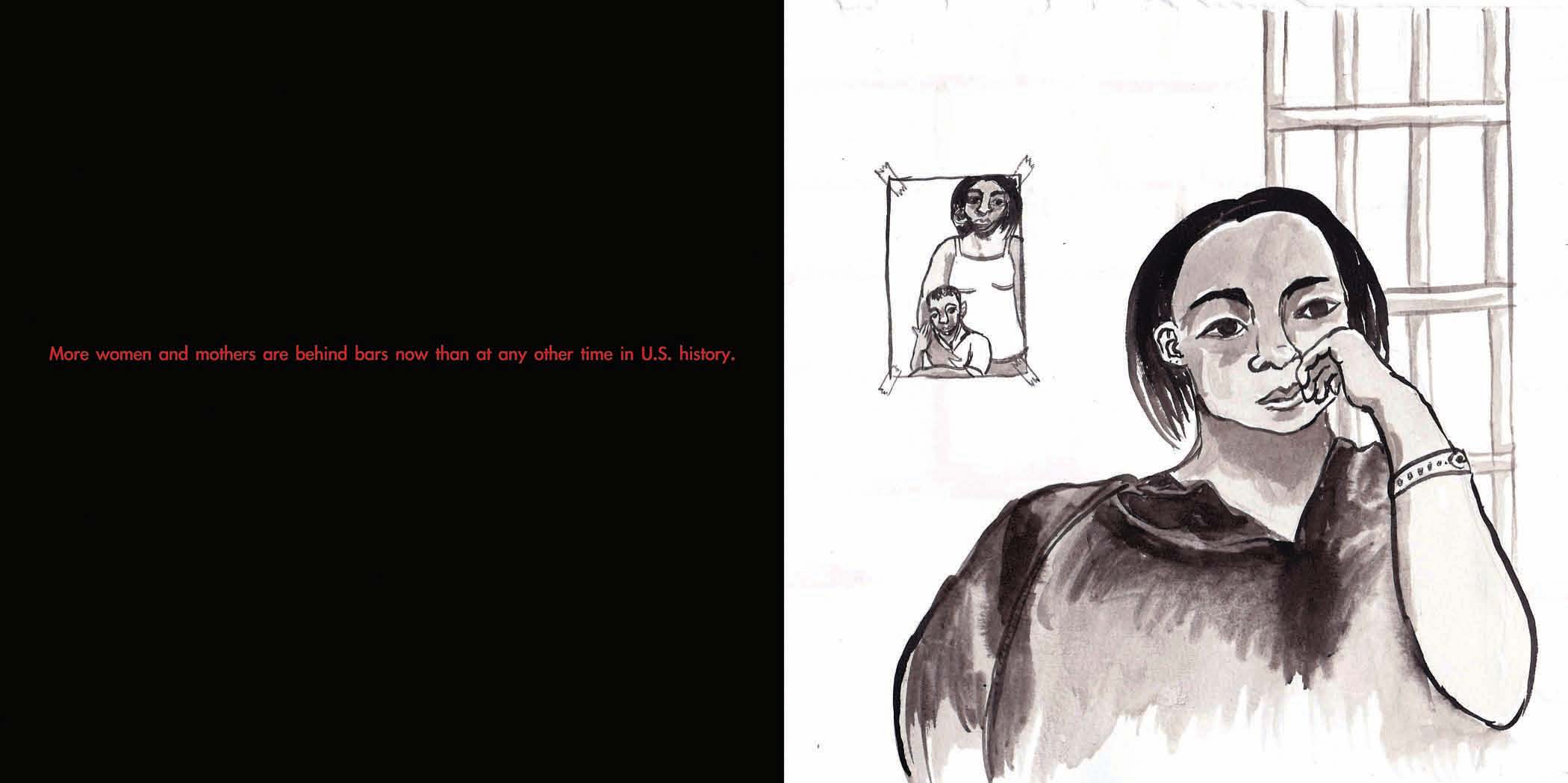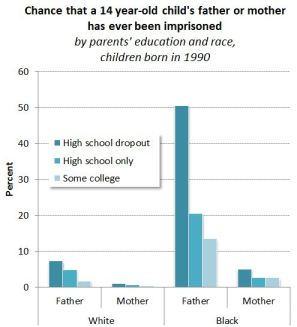Cross-posted at Scientopia.
As demonstrated by some figures posted at Family Inequality, the U.S. birthrate has dropped during the recession:
But the birth rate hasn’t dropped for all American women equally. Women who’ve already had two children were most likely to skip having a child during this period, and women who already had one child were more likely to delay or end childbearing than women with no children. But women who already had three children were relatively ready to plow forward with a fourth, even more ready than childless women.
To make an even stronger case that the recession inhibited childbearing, Philip Cohen correlated birth data by state and state unemployment rates (both from the Bureau of Labor Statistics). His figure shows that “fertility fell more where the recession hit harder”:
Great stuff, as always, from Family Inequality.
Lisa Wade, PhD is an Associate Professor at Tulane University. She is the author of American Hookup, a book about college sexual culture; a textbook about gender; and a forthcoming introductory text: Terrible Magnificent Sociology. You can follow her on Twitter and Instagram.
















